A delicious dessert? |
Our Jelly Roll, is not, as the name suggests, a tasty dessert, but an unusual sedimentary rock with a really cool story! On this page you’ll discover how this neat rock feature formed and how it came to be one of the museum’s permanent exhibits. At the very bottom of this page, use the activity worksheets to learn a little more about our soft rock friend.
Jelly Roll FAQs |
UBC Scientists interpret the Jelly Roll as having formed in an ice-bound lake about 12,000 years ago, in the latter stages of the most recent glaciation. As ice melted, and rivers flowed into the lake, large amounts of water-saturated sediments began to accumulate, steepening the sides of the lake. As sedimentation continued, the soft margins of the lake became unstable and susceptible to frequent slumping. When sediment sloughed away, it tumbled down into the deeper parts of the lake in a kind of underwater avalanche that we call a turbidity current. In the case of the Jelly Roll, a slab of those sediments was sufficiently cohesive that it was rolled up as it moved down the slope rather than breaking up. Subsequent sedimentary deposits covered and protected the anomalous structure for thousands of years.
This unique sedimentary formation was "rescued" just days before it naturally slumped and was lost forever. The short video here describes this feature and how it was "copied" from the natural outcrop and transported to UBC. Text and photographs below tell the same story.
Have a look inside using the interior view below. The Jelly Roll is on permanent display in our main gallery. There is a small touch surface to the right of the Jelly Roll that visitors are invited to feel the texture of the rock that makes up the Jelly Roll.

It sure is! In fact, this local geological feature was so unusual that in the 1980s, the B.C. government provided funds to make a life-size impression. The original structure (or what is left of it) is located along the wall of a small sand pit just south of Lytton, BC. The outcrop is on the east side of the Fraser Canyon Highway and can be seen from the road when traveling nor
th. Sedimentary structures such as this one are usually measured in centimeters, rarely in meters. In fact, the Lytton Jelly Roll is one of the largest of its type in the world.
Joe Nagel, a former curator of the Pacific Museum of Earth, recognized the significance of the Jelly Roll and pressed the BC government to preserve this unique feature before it was lost. The structure is sufficiently young (geologically speaking) that it had not been transformed into rock and was effectively just a large deposit of unconsolidated sediment. As such, it was very susceptible to erosion and presented a considerable challenge when considering its collection and preservation.
Lytton is located in southern British Columbia where the Thompson and Fraser Rivers meet on the east side of the Fraser River. Lytton is located on the traditional land of the Nlaka'pamux people, who have inhabited the area for over 10,000 years. The Jelly Roll was located just south of Lytton, B.C., along the east side of the Fraser Canyon Highway.
The process began with several skilled technicians spraying the outcrop with a mixture of latex rubber to hold the loose grains of sand in place.
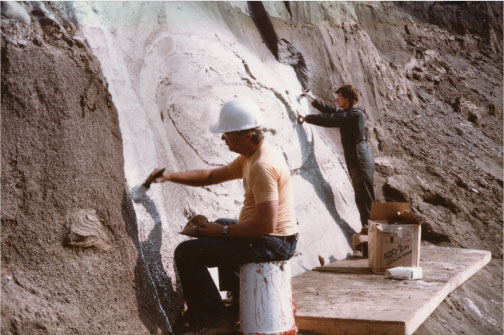
They then covered the Jelly Roll with patches of burlap dipped in rubber and backed the mold with fiberglass to stiffen it. At this point the entire package was peeled from the outcrop and transported to a workshop in Calgary.
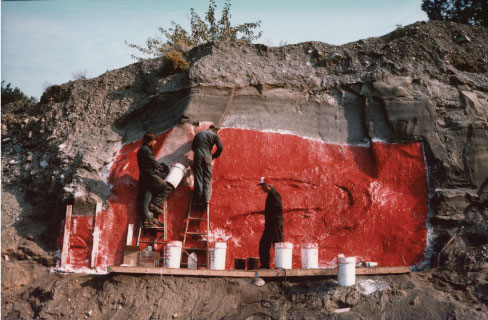
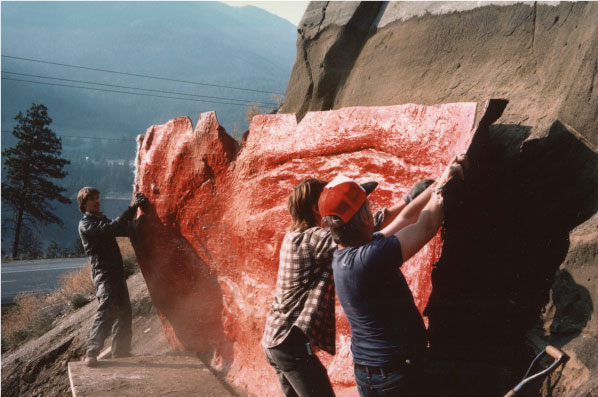
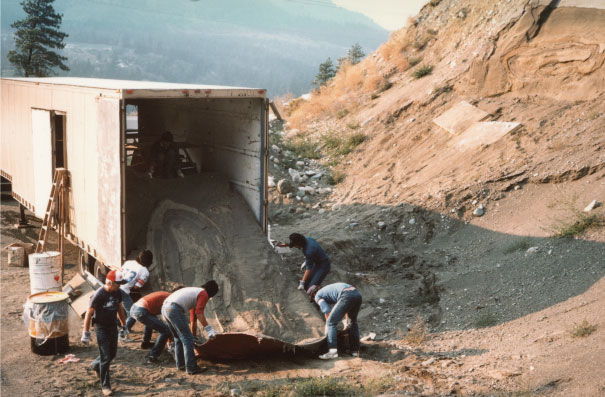
Once in the shop, the peel was put face up and cleaned of loose material. The entire surface was then coated in fiberglass resin (keep in mind, this is the back of the outer layer of sand). This resin layer served to securely anchor each grain of sand. A thick layer of putty was then applied in order to level surface irregularities and a finally a layer of fiberglass was added for strength. At this point the entire package was quite rigid. The peel was then turned over and the original latex layer was removed. The end result was not a replica, but the actual outcrop complete with all details, but only 1 grain thick. Three days after the move, part of the Lytton Jelly Roll slumped away and was lost forever in outcrop.
Guess what? It is! Checkout these old covers from Geology, an international scientific research journal.
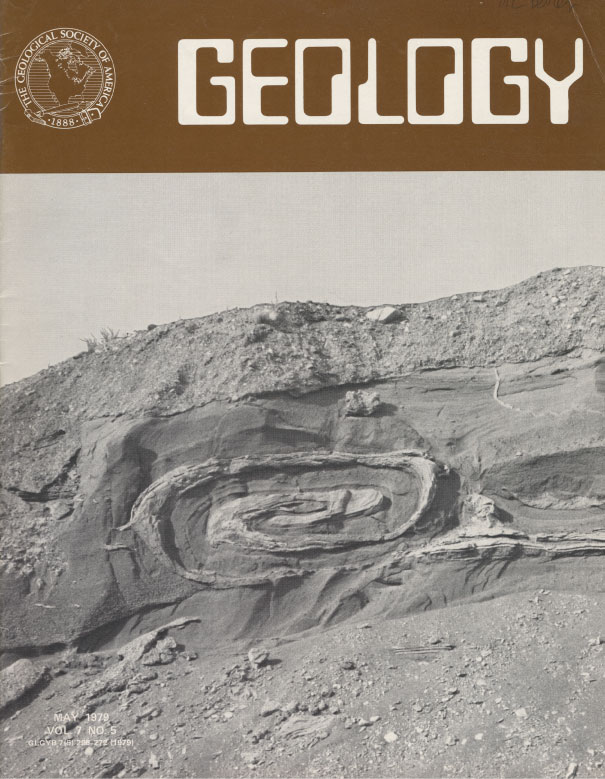 |
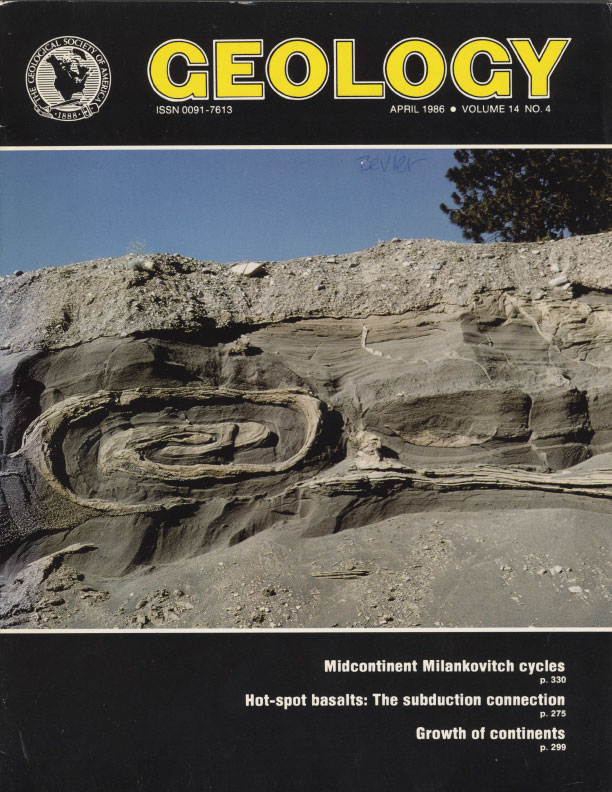 |
Fun Sedimentary Rock activities |
We’ve created a series of learning activities for you to explore more about sedimentary rocks in your classroom or home. Click, download (& print) the worksheets below.
